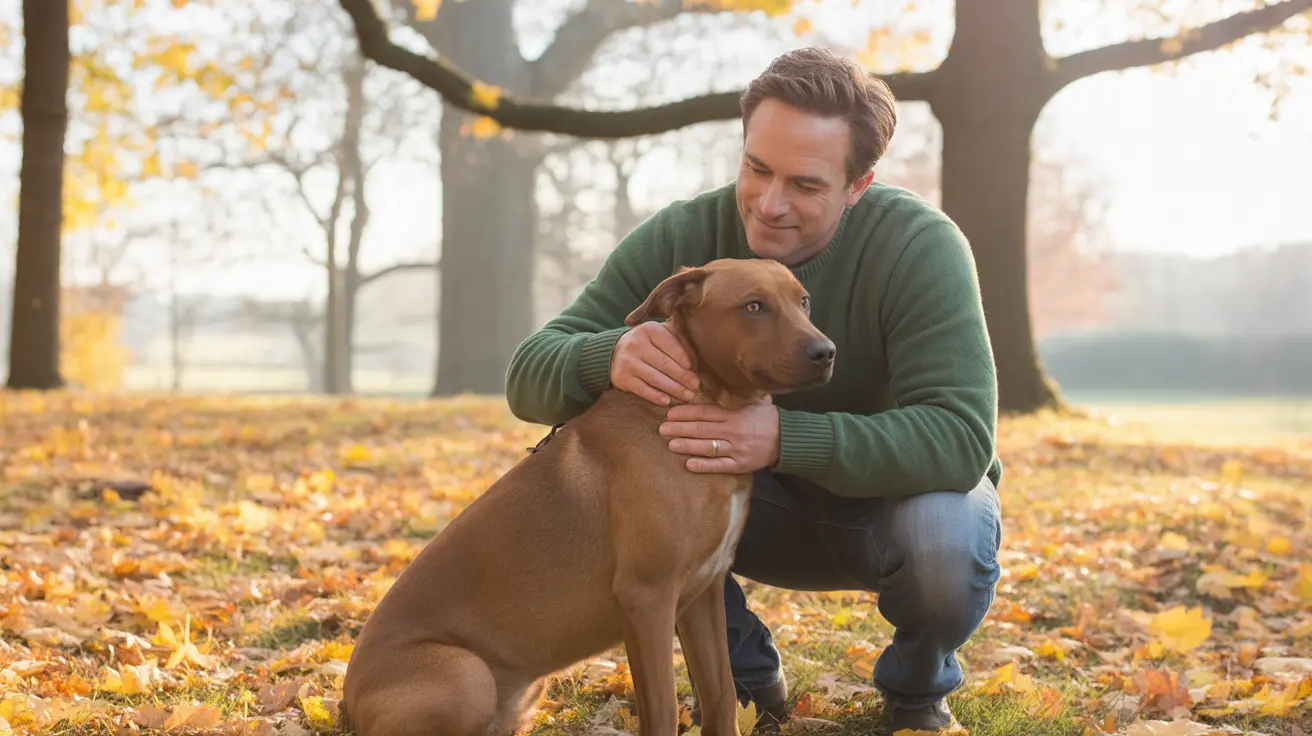Safe Fruits for Dogs to Enjoy
Fruits can be a healthy and delicious treat for your dog when chosen and prepared correctly. Some fruits offer essential vitamins, fiber, antioxidants, and hydration. Nonetheless, it's important to understand which fruits are safe for dogs and how to serve them appropriately to avoid health risks.
Fruits That Are Safe for Dogs
The following fruits can be safely consumed by dogs in small quantities when prepared properly:
- Apples: Rich in vitamins A and C and dietary fiber. Always remove the core and seeds, as apple seeds contain cyanide which is toxic to dogs.
- Bananas: Full of potassium, magnesium, and vitamins B6 and C. Because of their high natural sugar content, bananas should be given in moderation and peeled before serving.
- Blueberries: These small berries are packed with antioxidants and fiber and are low in calories. Perfect for a small training treat.
- Strawberries: Contain fiber, vitamin C, and antioxidants. Also known to help whiten your dog’s teeth. Make sure to remove the stem and cut into manageable pieces, especially due to their sugar content.
- Cantaloupe: Loaded with vitamins A, B6, and C, as well as potassium. Serve only the flesh; avoid the rind and seeds because they can pose choking risks.
- Watermelon: Consisting mostly of water, this fruit is hydrating and refreshing. Remove all seeds and the rind, and offer only the pink flesh.
- Pineapple: Fresh pineapple is rich in vitamins and fiber, and contains bromelain which aids in protein digestion. Remove the skin and core before giving it to your dog.
- Mango: Provides vitamins A, B6, C, and E. Must be peeled and pitted before you allow your dog to enjoy it to avoid toxicity from the pit.
- Kiwis: High in vitamin C, potassium, and fiber. Fully peel and slice before offering.
- Peaches: Contain fiber and vitamin A. Only the flesh is safe—pits should be completely removed as they contain cyanide. Avoid canned versions.
- Pears: A good source of fiber and copper. Peel, remove seeds and pit, and serve in small bites.
- Cranberries: Safe in small, unsweetened amounts. Offer sparingly and avoid commercial sweetened products.
- Raspberries: Rich in fiber and vitamin C, but due to natural xylitol content, limit to just a few per day.
Fruits That Are Toxic or Dangerous for Dogs
- Grapes and Raisins: Extremely toxic and can lead to kidney failure even in small amounts.
- Cherries: Pits, stems, and leaves contain cyanide. Flesh is close to the pit, making it risky to separate safely.
- Avocados: Contain persin in the skin, pit, and leaves, which can cause vomiting and diarrhea.
- Tomatoes: Green parts and unripe tomatoes contain solanine, a toxic substance. Ripe tomatoes are less risky but best avoided.
- Lemons: High acidity may cause stomach upset and most dogs dislike bitter citrus flavors.
Guidelines on How to Serve Fruit Safely to Your Dog
- Moderation Is Key: Fruit should not exceed 10% of your dog's daily caloric intake.
- Prepare Properly: Always wash, peel, de-seed, and chop fruits into bite-sized pieces to reduce choking risk.
- Avoid Certain Preparations: Never feed canned or dried fruits with added sugar or artificial sweeteners such as xylitol.
- Check for Spoiling: Avoid moldy, spoiled, or overripe fruit.
- Monitor Reactions: Introduce one new fruit at a time and observe for any allergic or digestive responses.
- Consult Your Vet: Especially important if your dog has a medical condition like diabetes or allergies.
- Emergency Response: Contact your veterinarian immediately if your dog consumes a toxic fruit or a dangerous part of any fruit.
Cats and Fruit
Though not as fruit-loving as dogs, cats can occasionally eat some fruits safely, such as seedless apples, bananas, blueberries, strawberries, and watermelon (seedless and rind removed). Only offer these as rare treats and in small, well-prepared pieces.
Conclusion
Fruits like apples, bananas, blueberries, strawberries, watermelon, cantaloupe, pineapple, and mango can be healthy additions to your dog’s treat rotation when prepared and served correctly. Always prioritize safety by removing any harmful parts and limiting portions to avoid sugar-related issues. When in doubt, consult your veterinarian to ensure you're making the best choices for your four-legged friend’s diet.





